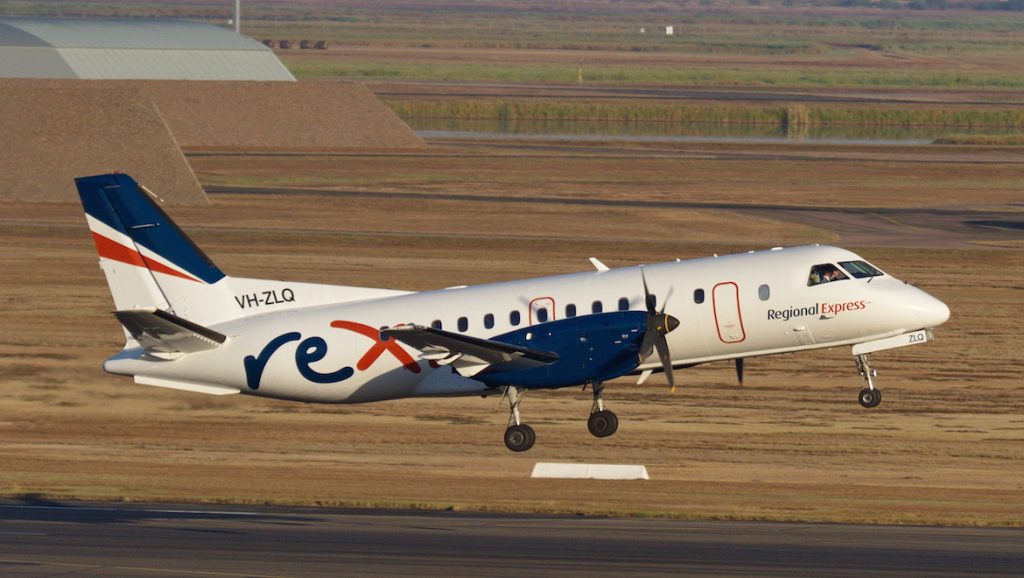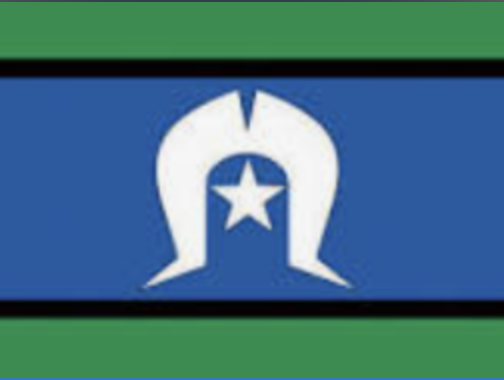Tax Returns for Locums and Healthcare Shift Workers in Australia: What You Need to Know

30 June marks the end of the tax year in Australia and the vast majority of Australians are required to lodge a tax return each year, which is a formal declaration that you submit to the Australian Taxation Office (ATO) that reports your income, deductions, and any tax you’ve already paid during the year.
The ATO uses this information to calculate whether you’ve paid too much tax and are owed a refund, or you’ve paid too little and need to pay the difference
Most people who earn income in Australia need to lodge, including:
- Employees, whether you are full-time, part-time, or casual
- Sole traders and contractors, including those with an ABN
- Investors, who are not also employees
- People receiving government payments or superannuation income
Even if you earned below the tax-free threshold, which is currently $18,200, you may still need to lodge a return.
If you’re a locum doctor, nurse, allied health worker, or healthcare shift worker, tax time in Australia can be more complex than for full-time employees, but it also presents more opportunities to maximise deductions and boost any refund you may be due.
Whether you’re contracting through an ABN, working through an agency, or picking up shifts across different locations, here are a few of the things you need to know.
Firstly, understand your work structure. Are you working as:
- A PAYG employee through an agency, hospital or other facility?
- A sole trader operating under an ABN?
- A company or a trust?
Your structure affects your tax rate, deductions, superannuation obligations, and reporting responsibilities. If you’re unsure, a registered tax agent can help you assess what’s best for your situation.
Secondly, get a good idea of what you can claim. There are a range of different deductions you can make and some of the common deductions for locums and shift workers include:

- Travel and accommodation, for interstate or rural locum placements (But remember that travel between home and a regular workplace is generally not deductible but travel between multiple sites, or for temporary assignments, often is.
- Uniforms and laundry, for example scrubs, non-slip shoes and logoed uniforms
- Medical equipment and tools, like stethoscopes, pulse oximeters, laptops for notes or telehealth
- Professional indemnity insurance
- Registration and association fees, for example AHPRA, AMA and/or the Nursing & Midwifery Board
- CPD and training costs, specifically courses, conferences or seminars that relate directly to your current profession
- Home office expenses, only if you do admin or telehealth from home
- Phone and internet, but typically only the proportion used for business purposes
Thirdly, keep great records as the ATO loves evidence. Keep:
- Receipts and invoices for all deductions
- A logbook or travel diary if claiming car or travel expenses
- Copies of timesheets or contracts to support your income
And remember, lodge on time and of course as correctly and accurately as possible. Most individual tax returns are due by October 31 but if you use a registered tax agent, you may be eligible for an extension. Mistakes like double-claiming, forgetting income from multiple sources, not disclosing interest in back accounts or not declaring ABN income can trigger ATO audits
Lastly, the rules around tax can be tricky. A tax agent with experience in medical and/or allied health workers can help you maximise deductions, stay compliant, and even advise on whether a different structure could save you money.
NOTE: The information provided in this article is general in nature and does not constitute financial or tax advice. It is intended for informational purposes only. You should always consult a registered tax agent, accountant, or financial advisor to discuss your specific circumstances before making any financial decisions.


